India amazes
Easy to fall under great nation's spell
Advertisement
Read this article for free:
or
Already have an account? Log in here »
To continue reading, please subscribe:
Monthly Digital Subscription
$1 per week for 24 weeks*
- Enjoy unlimited reading on winnipegfreepress.com
- Read the E-Edition, our digital replica newspaper
- Access News Break, our award-winning app
- Play interactive puzzles
*Billed as $4.00 plus GST every four weeks. After 24 weeks, price increases to the regular rate of $19.00 plus GST every four weeks. Offer available to new and qualified returning subscribers only. Cancel any time.
Monthly Digital Subscription
$4.75/week*
- Enjoy unlimited reading on winnipegfreepress.com
- Read the E-Edition, our digital replica newspaper
- Access News Break, our award-winning app
- Play interactive puzzles
*Billed as $19 plus GST every four weeks. Cancel any time.
To continue reading, please subscribe:
Add Winnipeg Free Press access to your Brandon Sun subscription for only
$1 for the first 4 weeks*
*$1 will be added to your next bill. After your 4 weeks access is complete your rate will increase by $0.00 a X percent off the regular rate.
Read unlimited articles for free today:
or
Already have an account? Log in here »
Hey there, time traveller!
This article was published 07/05/2011 (5255 days ago), so information in it may no longer be current.
When I told friends last fall I would be visiting India, I was hit by an avalanche of warnings.
Was I ready for the noise, the pollution, the traffic, the poverty, terrorist strikes — never mind the daunting list of required vaccinations against everything from influenza to bubonic plague?
Maybe a vigorous walking tour of Scotland instead, I thought. Maybe Switzerland, with its freshly laundered farm animals and pristine public toilets. Maybe I’m too old for India, too accustomed to my comforts, too spiritually incurious, too prone to respiratory distress. It’s a long way to go for a good cup of tea.
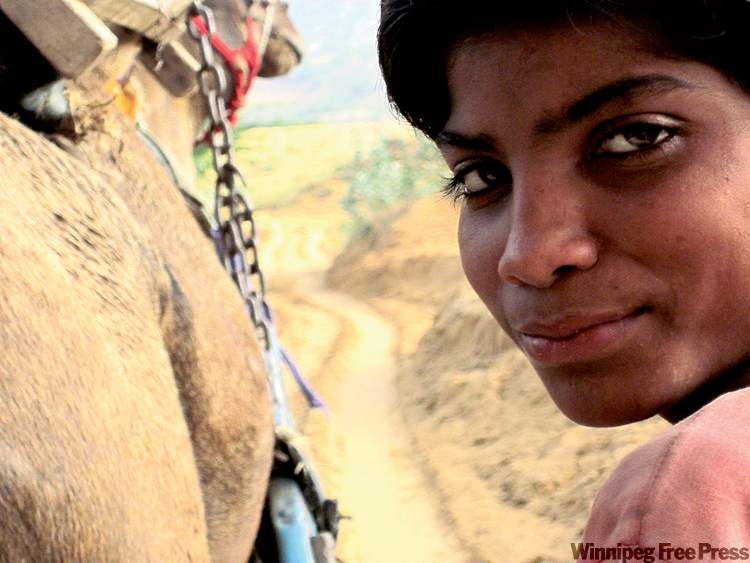
But it was too late. The driver was booked, the tickets bought. And within an hour of arriving in Delhi — by coincidence, on the first night of Diwali, the festival of lights — my worries vanished. There was simply too much going on: It was like plunging into a river of moving colours, into a tangled cultural mystery, a world of beguiling temples, filthy parks and intriguing markets, weird television, amused and amusing people and many, many listless stray dogs.
There was noise and chaos from the moment we arrived — the festival of cordite, as I called it, featured all-night bombardments of fireworks; not simple “pops” and “bangs,” but the full-volume thudding of an artillery assault. It turned Delhi’s usually brownish air grey.
And the traffic, especially in the north, was like inter-species bumper cars: multi-directional streams of overloaded scooters carrying families of five, foraging pigs, impassive cows, goats, stoic donkeys, cyclists with monkeys clinging to their backs, rickety buses with farm workers hanging from the roof, and trucks decorated like mobile brothels, trailing pompoms, foil streamers and black exhaust.
I came to believe, after a month on the roads of Rajasthan and Kerala, that there must be an invisible hand that keeps everyone safe, some benevolent overseer who helps the sari-clad women weave gracefully through the deadly melee, who prevents helmetless toddlers from bouncing off the back of Dad’s scooter, who protects the meandering livestock and keeps white-knuckle tourists alive. It helps that Indians don’t drink much alcohol: India with a drinking problem doesn’t bear thinking about.
Here’s the paradox, though: For all the uproar, India feels both safe and, at times, even peaceful. “No one will harm your body,” our tour organizer solemnly assured us — and he was right. As female travellers, especially, you feel little menace, compared to the experience in some neighbouring countries. Outside the ring of predators and aggressive beggars that haunt every tourist site (even they are more pesky than threatening), ordinary Indians appear welcoming and curious.
In fact, holidaying families, dressed far more beautifully than we were, sometimes asked to have their pictures taken with us. Shiny-eyed children, in spotless school uniforms, sang out “Where are you from?” when we passed. Then they would crowd around us, eager to try their limited English. Our humble host at a home-stay in southern Kerala state, a slight, grey-haired man, turned out to be a retired university president with a doctorate in political science, who was more than willing to explain the complicated politics of the region to his guests.
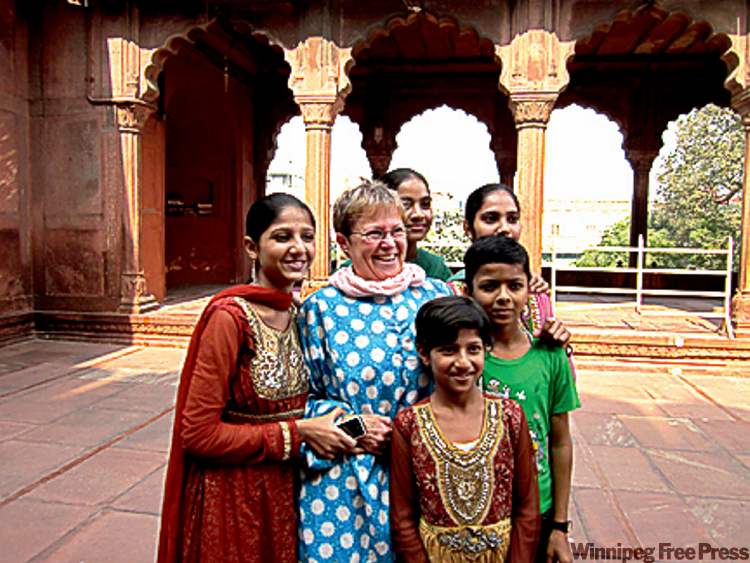
The temples and mosques — particularly the ornately scripted Jain temples — offer cool, marbled retreats from the hectic streets, even when filled with chanting devotees of one of many colourful Hindu gods, or with twittering birds or scampering monkeys.
The mosques include walled gardens in geometric designs and deeply shaded alcoves, often with framed views through latticework of surrounding hills. The variety of religious expression, the easy interchange among people of different faiths (while clearly not always the case, historically) makes India feel like a model of social harmony to the casual visitor.
As for illness, you can scrub your hands until they are raw, apply liberal doses of anti-bacterial goop and decline to eat anything with a face, but avoiding “Delhi belly” is still a matter of luck. The cap on the bottled water is suspiciously loose, you carelessly toss raw onions on your thali, and, when you ask for a spoon, the waiter cleans it with his thumb before handing it to you. And, despite India’s growing prosperity and sophistication, most public toilets are disgusting. Not Swiss.
I ended up with a fever and chest cold in my final week and came home with intestinal bacteria. But it didn’t kill me; it didn’t even spoil my trip. And many people escape any consequences whatever by eating vegetarian, avoiding street food and unpeeled fruit, and, unlike me, dodging thumb-born germs. There is such an abundance of tasty, inexpensive vegetarian fare, being careful doesn’t even feel like a sacrifice.
All that said, there are practical ways of making a trip to India easier, especially for older travellers.
First, hire a driver. You click your heels three times and are transported past the nightmarish traffic, dense crowds, garbage-strewn streets and persistent beggars, right to the mosque entrance, the restaurant door, the hotel lobby.
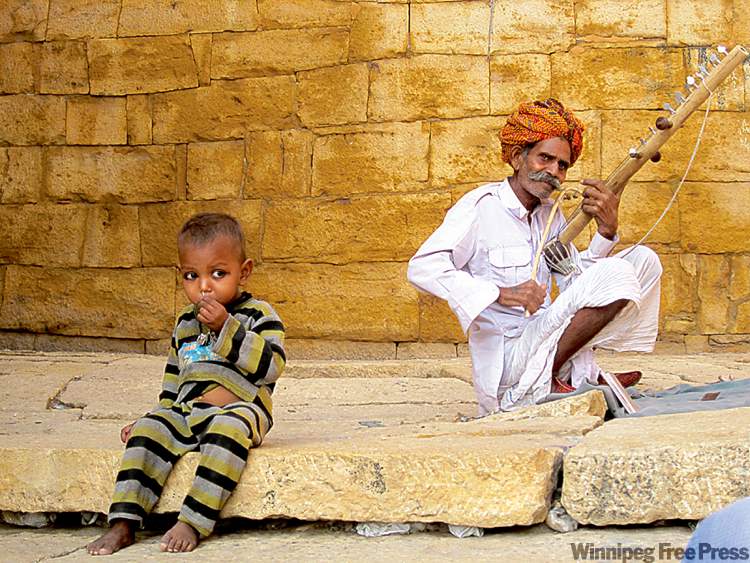
It sounds uncomfortably colonial, particularly to a one-time backpacker like myself, who first visited India 30 years ago with no itinerary and a tight budget. But having a driver isn’t prohibitively expensive, and it gives you an ally in a bewildering world, along with saving time and stress. (Trains are cheap, but buying tickets can take hours. Walking is possible, but not relaxing. Getting taxis requires haggling.)
You can hire drivers for a day, a week, or longer, in Delhi, or any major city, but we organized our trip online before departing.
Through research and Trip Advisor, we happened upon Icon India Tours, a small outfit run by 30-year-old Sabu Ram Prajapat in Jaipur. It had deservedly good reviews; Sabu was accommodating and quick to reply.
We paid about $2,500 each for a semi-organized tour: an attentive driver who chauffeured us around Delhi, south to Agra and through rural, semi-arid Rajasthan for 17 days, with another driver for Kerala in the south, where we spent 10 days. The fee also covered three- to four-star hotels, a cellphone, various side trips — including camel, elephant and boat rides — parking fees, two internal flights and incidental expenses. We paid separately for meals (except breakfast), souvenirs, entrance fees and tips. And we planned our own agenda before we left, deciding which places to visit and for how long. (Our flights from Canada, via Zurich, were about $1,500 each.)
Second tip: India is a large country with diverse climate and topography and busy roads, so don’t be too ambitious.
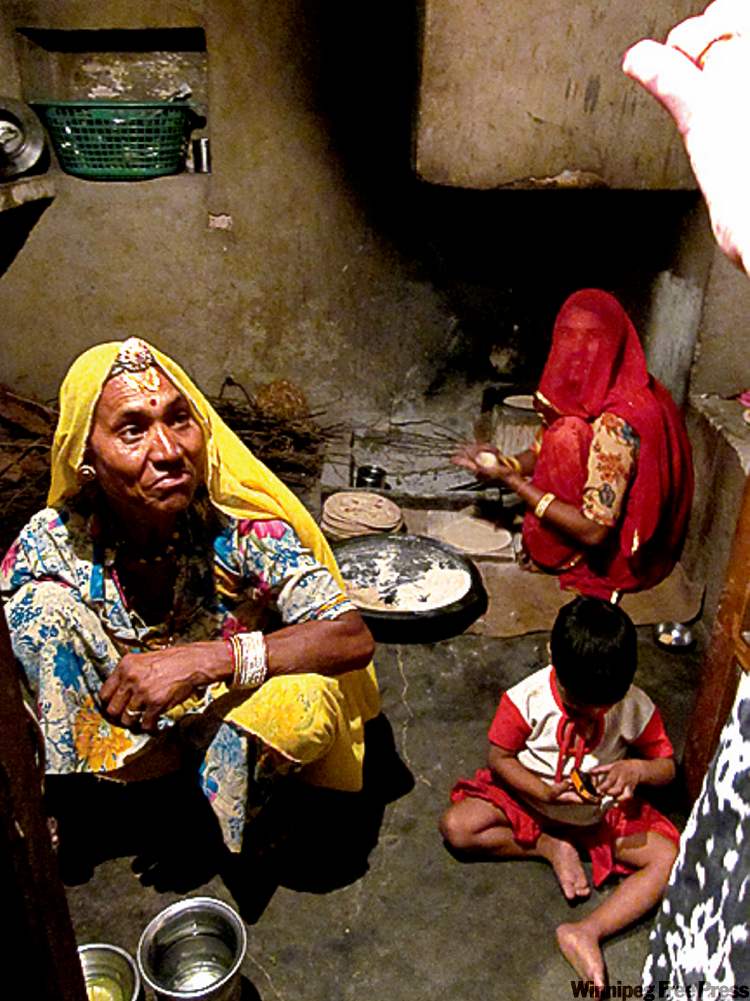
We had business that kept us in Delhi longer than necessary (three days is enough) and rushed through too many destinations in Rajasthan, a poor, rural state to the southeast, known for its princely rulers, polo grounds, colourful clothing and independent spirit. We were left with too little time for laid-back Kerala, the more prosperous, chili-shaped state at the southern tip of the country. That, along with a stopover in cosmopolitan Mumbai, including a flash visit to the slum in Slumdog Millionaire, was stimulation enough for one trip.
But the constant stimulation was the best thing about India — the fact there is something astonishing, amusing or inexplicable around every corner. Why, for instance, was that group of men, squatting around a corner fruit stand, shaving the hair off coconuts? When I asked, they explained they were preparing offerings for the thousands of pilgrims converging on Kerala to visit the mountain shrine of Lord Ayappa, who, apparently, likes his coconuts shaved. (We saw pilgrims walking through every Kerala village — bare-chested men and boys, wearing black or orange sarong-like lunghis, carrying cooking pots and blankets, participating in what is now the second-largest mass pilgrimage after the hajj.)
Other memories: suddenly coming upon three wild elephants grazing in a field; an ochre-clad holy man, a sadhu, appearing at my car window, proffering what appeared to be a smouldering ashtray (hash, maybe?) and collecting alms; a pack of dogs killing a piglet outside our hotel window, until mother pig noisily intervened; a ragged, three-year-old child alone and crying in a busy traffic circle in Mumbai; the frantic dancing interspersed with head-bobbing swamis on Indian television; the charmingly antiquated English (“What is your good name?”); the stinking open sewers that run alongside cobblestone alleyways, and the impeccable personal cleanliness of most Indians.
Don’t be afraid that you will be insulated from the “real India” by staying at better hotels. The ones we stayed at, while clean, with comfortable beds and functioning western-style toilets, were hilariously dysfunctional. (They ranged in price from $50 to $90 a night for two.) A hair dryer caught fire in my hand. A mini-fridge got so hot, the water inside was warm. An ultra-modern glass sink was plugged. There was no hot water because a monkey had jumped on a cable. Screens were non-existent or broken (and our stay in Delhi coincided with an outbreak of dengue fever). Electric switches were totally unpredictable. Reading lights were as dim as solar-powered lawn lamps. Just outside the splendid marble lobbies and mirrored doors, cows grazed in ankle-deep litter.
For better or worse, the “real India” is too crowded, too vibrant, too insistent to be held at bay. The world may be becoming smaller, more “international” in flavour, and once-exotic locales less authentic, less novel. Not India. It may be an emerging economic powerhouse, with a lively contemporary vibe, especially in Mumbai, but it is happily loyal to a richly layered history, buoyant culture and flamboyant faith.
“All is possible in India,” our driver often reassured us. He was right.
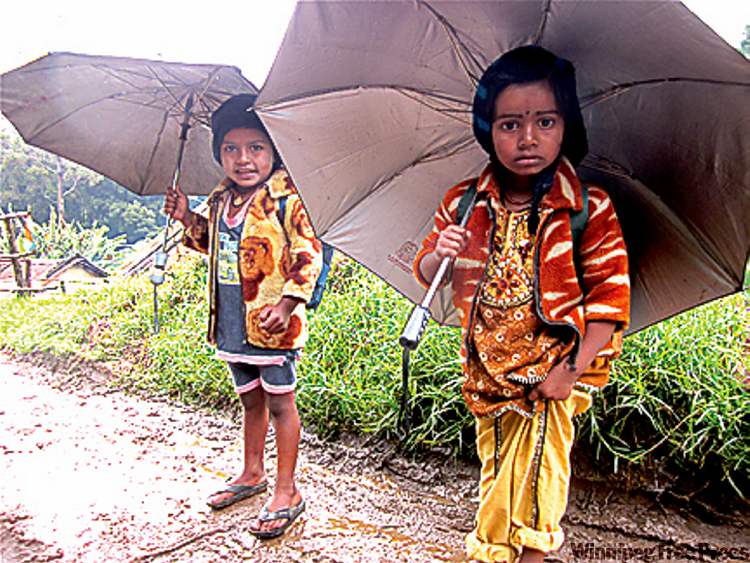
It is confounding, exhilarating and humbling — and well worth the challenge.
— Postmedia News

